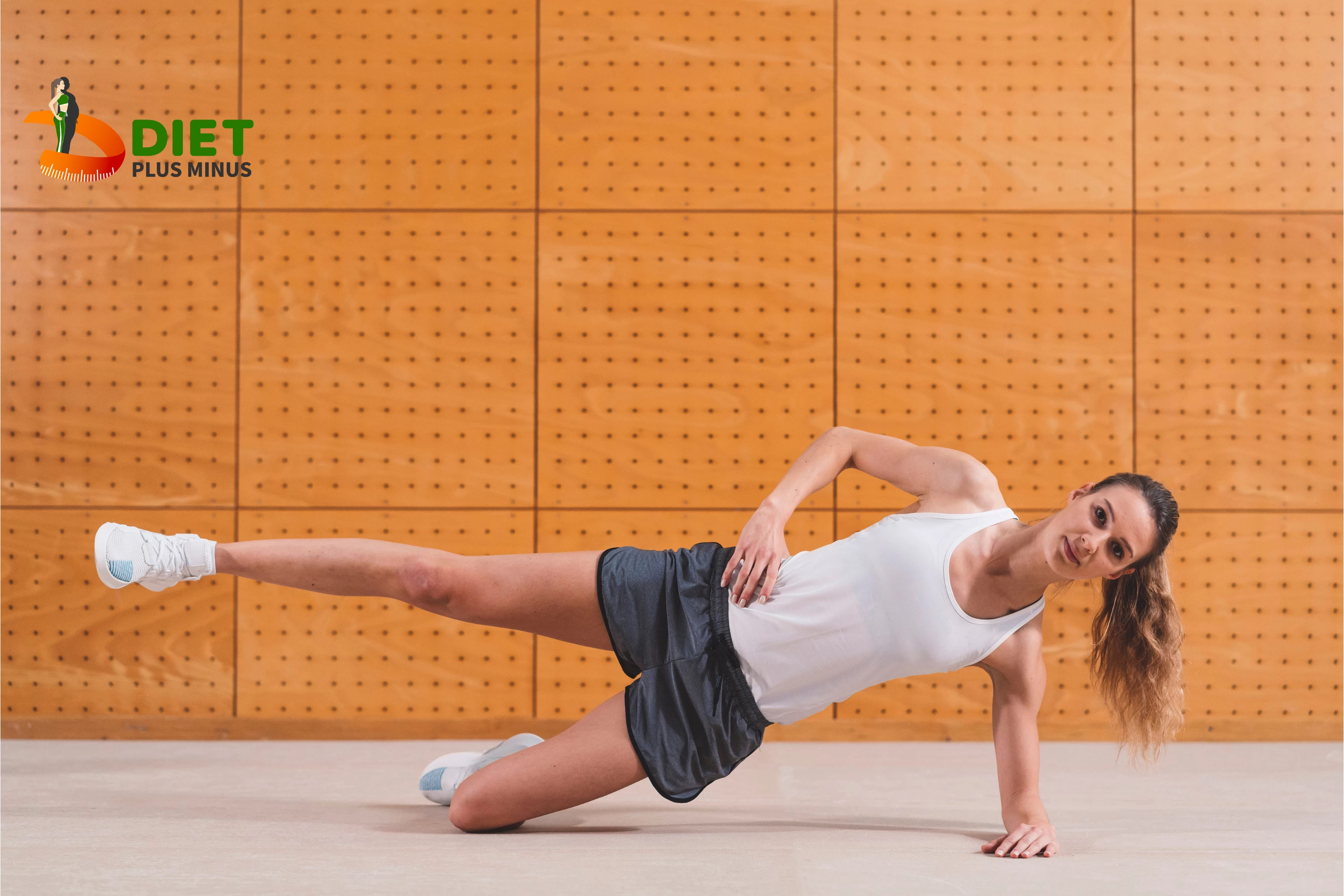Abdominal-Exercise-Hanging Knee Raises

Hanging Knee Raises Benefits
Hanging knee raises work lower abs, obliques, and hip flexors. This exercise can be done without weights, making it suitable for all skill levels. The hanging knee raise improves core stability, balance, and posture. Hanging knee raises improve muscular endurance and abdominal strength. Hanging knee raises are perfect for those without gym equipment or machines because they require body weight control. It also builds strength faster than crunches or planks because it uses multiple muscles at once. Finally, regular core exercises protect your spine and reduce back pain.
Form: Proper Execution
The hanging knee raise exercise targets the abdominal muscles best when done correctly. Starting position: arms straight, legs extended, toes pointed. Contract your abs as you pull your knees to your chest. Keep your back and torso still by keeping your core tight. Pause at the top of each repetition to check your abdominal engagement before returning to the starting position and repeating. Avoid swinging or momentum during this exercise to improve form and results. Control each motion to isolate and work your abs better.
Muscles Targeted
Hanging knee raises work the "six-pack" rectus abdominis. This long, flat muscle wraps around your midsection from the rib cage to the pelvis. This exercise involves hip flexion as you bring your knees to your chest. As they stabilise your core, hanging knee raises may cause lower abdominal and oblique tension. This exercise strengthens the core and tones the rectus abdominis and other abdominal muscles when done correctly. To improve results, add weight like a weighted vest or ankle weights.
Variations
Hanging knee raises can be modified to work different core muscles. This exercise can work the core from various angles and engage different muscles.
L-Hanging Knee Raises target the lower abs better by elevating the body at an angle. Another variation involves holding onto a bar or handles instead of behind your back to engage more upper body muscles and stress the midsection. Weight plates around your waist or an ab roller wheel with resistance bands can make this exercise harder.
Finally, adding time under tension to any variation will help you build muscle faster and improve core strength endurance. These variations improve abdominal exercises like hanging knee raises!
Benefits for Core Strength
Posture and movement depend on core strength. It improves balance, stability, and coordination, preventing injury. Core strength supports the spine, reducing vertebral stress and improving posture. Hanging knee raises target these muscles.
Hanging knee raises improve core strength and tone. This exercise targets the rectus abdominis and internal and external obliques on either side of your waist. For full-body stability, keep this muscle group strong and flexible. Hanging knee raises will gradually define your abs.
Hanging knee raises also strengthen hip flexors, glutes, and lower back muscles, which help you stand or sit for long periods without fatigue or pain. Helping you maintain proper alignment when walking or running can improve your posture and prevent sports injuries!
Risks and Precautions
Abdominal-exercise hanging knee raises can be strenuous and cause back injuries if done incorrectly. To avoid injuries, maintain a neutral spine, avoid deep movements, and never jerk your body.
This exercise requires a sturdy bar or pull-up bar and safety equipment like straps or handles for support. This prevents slips and falls during exercise. Before starting this abdominal exercise, assess your fitness level and adjust the weights. Finally, warm up before doing this exercise to avoid muscle strains and pulls that could cause injury.
Conclusion
In conclusion, hanging knee raises are a great abdominal exercise that strengthens the core. They work your abs, grip strength, shoulder stability, and flexibility, making them even better. 8-10 reps for 3-4 sets with 30 seconds rest is best for this exercise. Focus on form, technique, and breathing—exhaling on effort and inhaling on release—when doing the exercise. Keep your hips tucked under and your back straight—don't arch! Finally, to avoid injury or strain, stop immediately if you feel any pain during this exercise. Hanging knee raises are a great way to reach your fitness goals faster!
In Short:
Steps involved:
-
Hold the bar and hang your body straight with your legs in a straight line.
-
Draw your knees slowly up to your chest
-
Once, you have raised your knees, lower your legs, and repeat the process.
-
The movement should be slow so that you don't utilize momentum, enabling you to get the maximum benefit from the exercise.
Do’s:
-
Do the movement slowly.
-
Keep your torso still and prevent swinging of the body.
-
Try to perform balanced variations.
-
Keep your arms still and engaged during the entire workout. Not only arms but also keep the entire upper body engaged.
Don’ts:
-
Avoid swinging of the body to prevent the expense of extra energy and straining your arms unnecessarily.
-
Don’t hyperextend your lower back to keep your spine flat during the entire exercise.
-
Don’t lose the posterior pelvic tilt, even at the bottom because your abs are attached to your pelvis and not your legs which will keep tension on the abs.
-
Don’t just hold onto the bar but also engage your lats to pull your shoulder blades down and back as you hold the bar.
